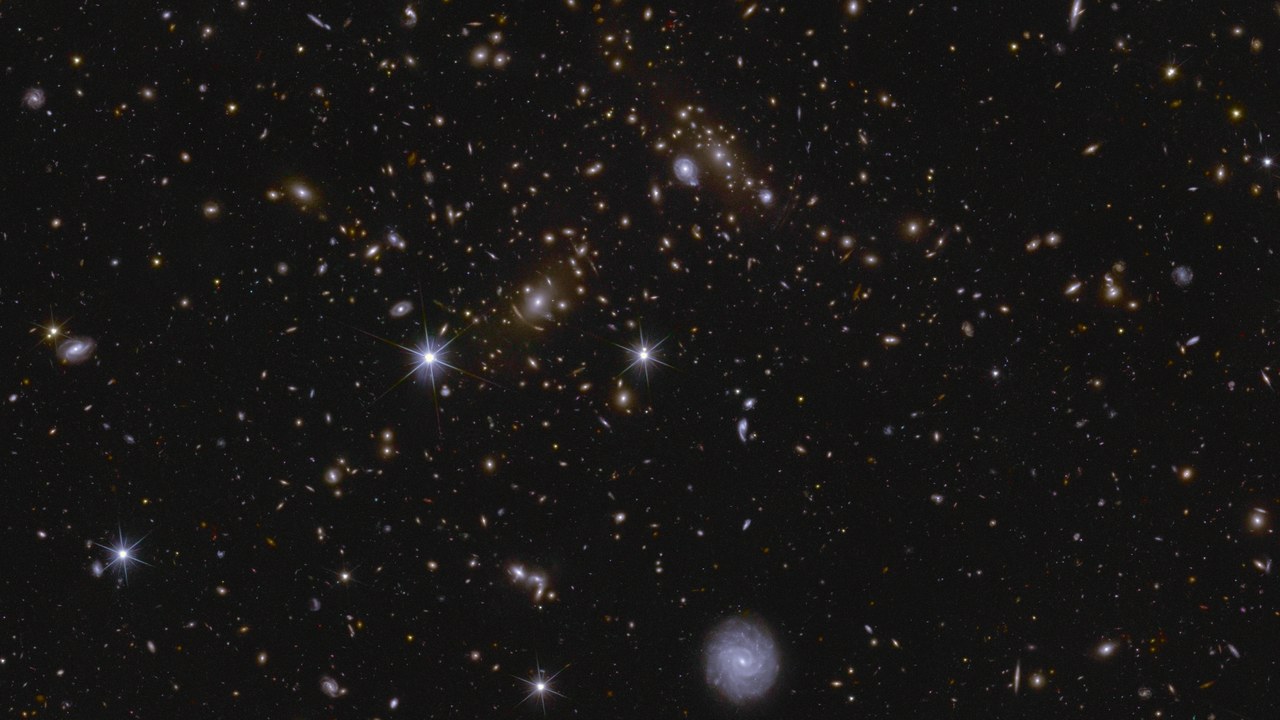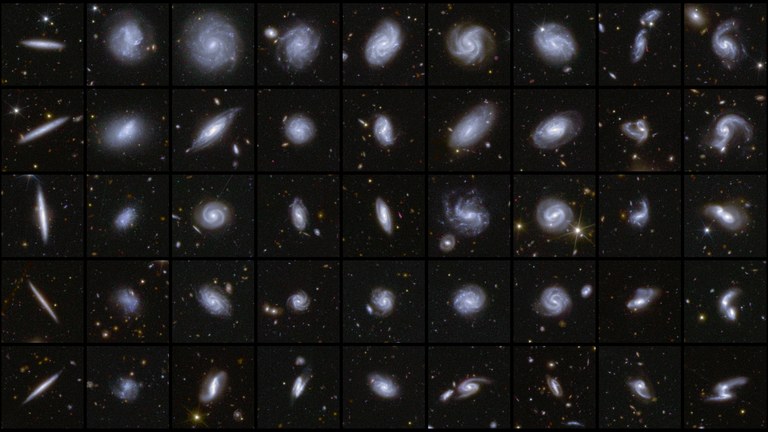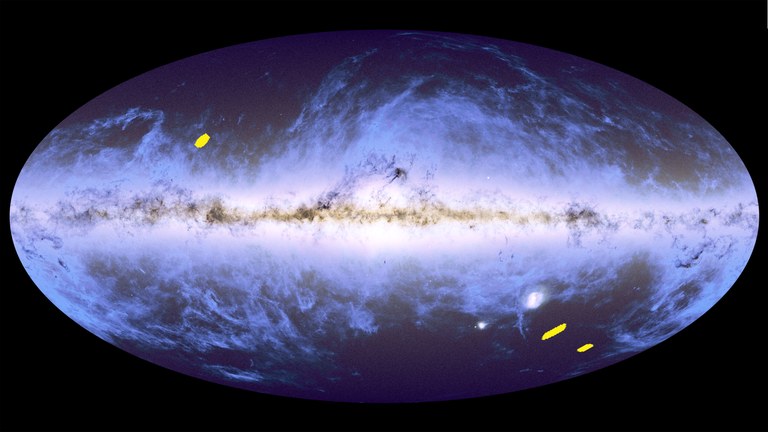Euclid publishes data treasure trove for studying the dark Universe
Over 2,600 researchers from 100 institutes in Europe, the United States, Canada and Japan —including DIPC scientists— are part of the ESA's Euclid Consortium, whose mission is to map the structure of the Universe and study dark matter and dark energy

The European Space Agency's (ESA) Euclid mission has published its first dataset, including the first study to classify over 380,000 galaxies and 500 gravitational lens candidates, compiled through the combination of artificial intelligence and citizen science. More than 2,600 researchers from 100 institutes in Europe, the United States, Canada and Japan —including scientists from the Donostia International Physics Center (DIPC)— are part of the ESA's Euclid Consortium, whose mission is to map the structure of the Universe and study dark matter and dark energy.
On 1 July 2023, the Euclid space telescope set off on its journey into outer space. Now, the Euclid mission has published the first set of data, including a preview of the deep fields. Here, hundreds of thousands of galaxies of varying shapes and sizes take centre stage and offer a glimpse of their large-scale organization in the cosmic web. These galaxies, observed and analysed by scientists from the Euclid Consortium, demonstrate the unprecedented power of this telescope, designed to provide the most accurate map of our Universe over time.
The data release, which covers a huge area of the sky in three mosaics, also includes numerous galaxy clusters, active galactic nuclei (AGN) and transient phenomena. All this lays the foundations for the wide range of subjects that Euclid will be addressing with its rich dataset.

The scientists highlight Euclid's impact on the exploration of the history and invisible forces of the Universe. Although these data represent only a fraction of the expected total, they have already enabled important scientific studies to be made.
As Euclid continues to map ever larger regions of the cosmos, it will help scientists test key ideas and hypotheses about the nature of our Universe. “In the meantime, we have been fine-tuning our models and running simulations with supercomputers to interpret the large number of detailed observations that this extraordinary telescope will soon be providing us with,” added Raúl Angulo, DIPC researcher who co-directs the Euclid Consortium's Simulations Working Group.
Future milestones of the Euclid mission
The ESA's Euclid mission continues its ambitious journey to unravel the mysteries of the cosmos. Thanks to its observations in deep fields, Euclid has compiled an astonishing amount of data that will allow everything, from the evolution of the galaxies to the nature of dark energy and dark matter, to be studied. Throughout the six-year mission, each region of the sky will be observed dozens of times, thus improving precision and revealing details never seen before. The first major global data release is scheduled for October 2026, with new findings that will bring humanity closer to understanding the structure and expansion of the Universe.

